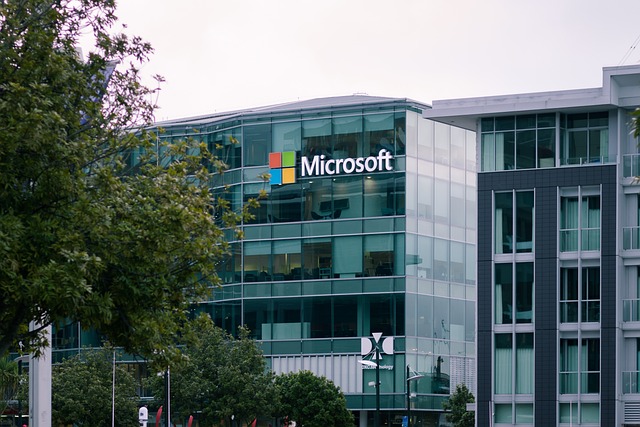 Photo Credit: from
Photo Credit: from
This week, Microsoft (Nasdaq: ) announced its second-quarter results that surpassed market expectations driven by its leading position in GenAI. After its success with PaaS, it is now looking at replicating it to AI platform or AI models.
Microsoft’s Financials
Microsoft’s second-quarter revenues grew 18% to $62 billion, significantly ahead of the market’s forecast of $61.1 billion. EPS was $2.93, which was also ahead of the Street’s forecast of $2.78.Microsoft’s Intelligent Cloud segment revenues grew 20% to $25.9 billion versus the estimate of $25.29 billion. Growth was driven by 30% growth in Azure revenues, faster than the estimated 27.7%. Microsoft does not disclose Azure revenue in dollars. Revenues from the Productivity and Business Processes unit, including Office productivity software, LinkedIn, and Dynamics, grew 13% to $19.2 billion, ahead of the Street’s forecast of $18.99 billion. Revenue from its More Personal Computing segment grew 19% to $16.89 billion, also ahead of the consensus of $16.79 billion. Growth was driven by 61% growth in Xbox revenue, which in turn was driven by 55 points of net impact from the $68.7 billion Activision acquisition. For the third quarter, Microsoft expects revenues of $60-$61 billion while analysts expect $60.93 billion. The company expects revenue of $19.3 – $19.6 billion or 10% – 12% growth in Productivity and Business Processes, $26 to $26.3 billion or 18%-19% growth in Intelligent Cloud, and $14.7 to $15.1 billion or 11%-14% growth in More Personal Computing in the third quarter.
Microsoft’s AI Platform Strategy
During the call, Microsoft disclosed that it has 53,000 Azure AI customers, of which over one-third are new to Azure over the past 12 months. Let’s take a closer look at its AI platform strategy.Azure AI Studio is Microsoft’s AI platform for developing generative AI solutions and custom copilots. Customers can train OpenAI models on their own data, in compliance with their organizational and data policies. Customers can also choose to integrate internal or external data that their organization owns or has access to.Microsoft’s Azure Open AI Service is a suite of customizable AI tools, APIs, and foundation and open-source models for modernizing business processes. All these tools are integrated deeply with infrastructure, data, and tools on Azure. Another critical arm of its AI platform strategy is Azure AI Search, an AI-powered information retrieval platform. It helps developers build rich search experiences and GenAI apps that combine LLMs with enterprise data so that companies can chat with their own unique data.For designing and building enterprise-grade conversational AI bots, Microsoft offers Azure AI Bot Service that provides an integrated development environment for bot building. Its integration with Power Virtual Agents, a fully hosted low-code platform, enables developers of all technical abilities to build conversational AI bots without any code.Microsoft said that it is seeing increased usage from AI-first startups like Moveworks, Perplexity, SymphonyAI, as well as some of the world’s largest companies. Over half of the Fortune 500 use Azure OpenAI today, including Ally Financial, Coca-Cola, and Rockwell Automation. You can access customer use cases from . Its “models as a service” offering makes it easy for developers to use LLMs from its partners like Cohere, Meta, and Mistral on Azure without having to manage underlying infrastructure.Microsoft was hugely successful with its PaaS strategy. It is now applying that winning formula to its AI PaaS strategy. The more AI models are trained, the more effective they will be. It is highly likely that there will be huge adoption of AI PaaS, especially with companies that want to build effective and efficient AI models with faster go-to-market times.The company’s stock is trading at $403.78 with a market capitalization of $3 trillion. It hit a 52-weekhigh of $415.32 early this year. It hit a 52-week low of $245.47 in March last year.More By This Author:
Cloud Stocks: Analysis Of Microsoft’s AI Platform Strategy

